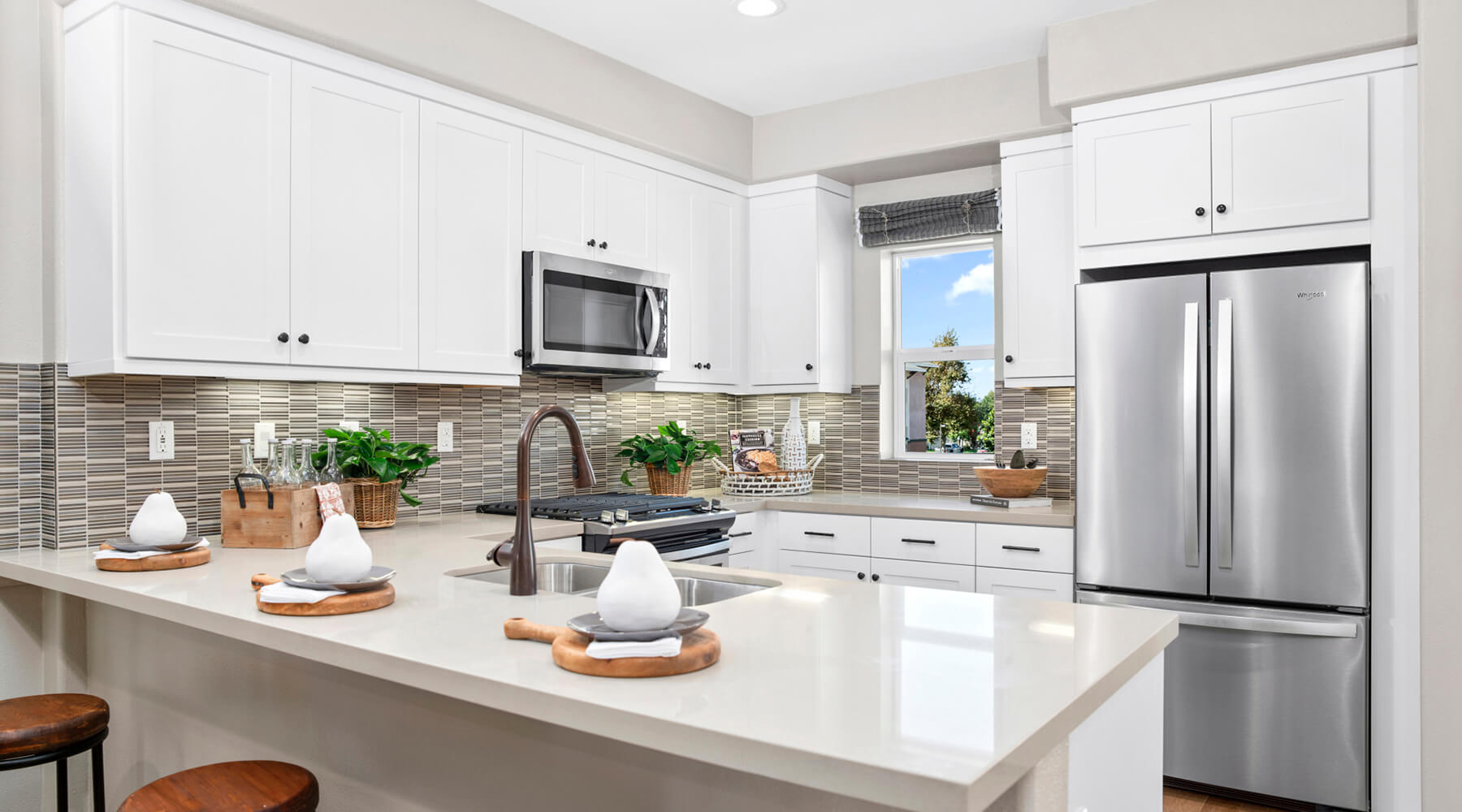Avoiding Capital Gains Tax When Buying and Selling Orange County Real Estate
Jan. 09, 2017

If you already own a home but want to get one of our new Brandywine models, you’re most likely going to have to sell your current property to afford the new one. The profit you make on that sale is called capital gains, and you ordinarily pay capital gains tax on that amount, which can range from 15 to 20 percent, depending on your income.
For example, if you bought your current home for $500,000 and sold it for $650,000, your capital gains (profit) would be $150,000. You could pay from $22,500 to $45,000 in capital gains taxes. Sellers who have owned their homes for decades may make several hundred thousand dollars in profits on the sale of even small homes, just because of the price run-ups we’ve seen in Orange County.
Avoiding Taxes
To prevent the massive tax burden that such large profits would ordinarily entail, the tax code contains exceptions when dealing with the sale of your primary residence. For such a transaction, you may ordinarily exclude up to $250,000 of any gain from your income, if you’re single, and up to $500,000, if you file a joint return.
To qualify for that exclusion, you must have used your home as your primary residence for a period equal to two years out of the last five ending on the date you sell your home. For example, if you rented your home for three of the last five years and lived in it the rest of the time, you qualify. However, if you rented your home for three years and a day in the last five years, you’re out of luck.
Additionally, you are not entitled to the exclusion if you’ve already used it within the two years before the sale of your current home. So, if you sold a previous home within the past two years and avoided capital gains, you can’t do it again. But wait two years and a day to sell, and the exclusion is yours once again.
Partial Exclusions
If you don’t qualify for the full exclusion, you may be eligible for a partial one if the current sale is because you changed jobs and had to move, a doctor recommended that you change locations because of your health, you got a divorce, or you suffered an unforeseen circumstance, such as a death in the family. The partial exclusion equals the number of months you lived in the home before the sale divided by 24. For example, living in your home for 12 months means you can claim half the exclusion because 12 divided by 24 equals 50 percent.
Cost Basis
The amount you subtract from the sale of your current home is called the cost basis. This typically consists of the price you paid for the home plus any acquisition costs, such as surveys, transfer fees, home inspection costs, and attorney fees.
Your cost basis can also add any expenses you used to improve your home. For example, your cost basis can include what you paid to add a new room, landscape the back yard, add central air, upgrading the flooring from carpet to wood, or changing the front doors from fiberglass to steel.
However, you cannot add repairs to your home into your cost basis because these are not considered improvements. For example, if a kid hit a baseball through a glass panel in your door and you had the panel repaired, that cost does not get added.
IRS Publication 523 gives more information on what is or is not allowed in the cost basis.
If you want to know more about the taxes involved in buying or selling OC real estate, or want to check out our developments in person, please contact us.





